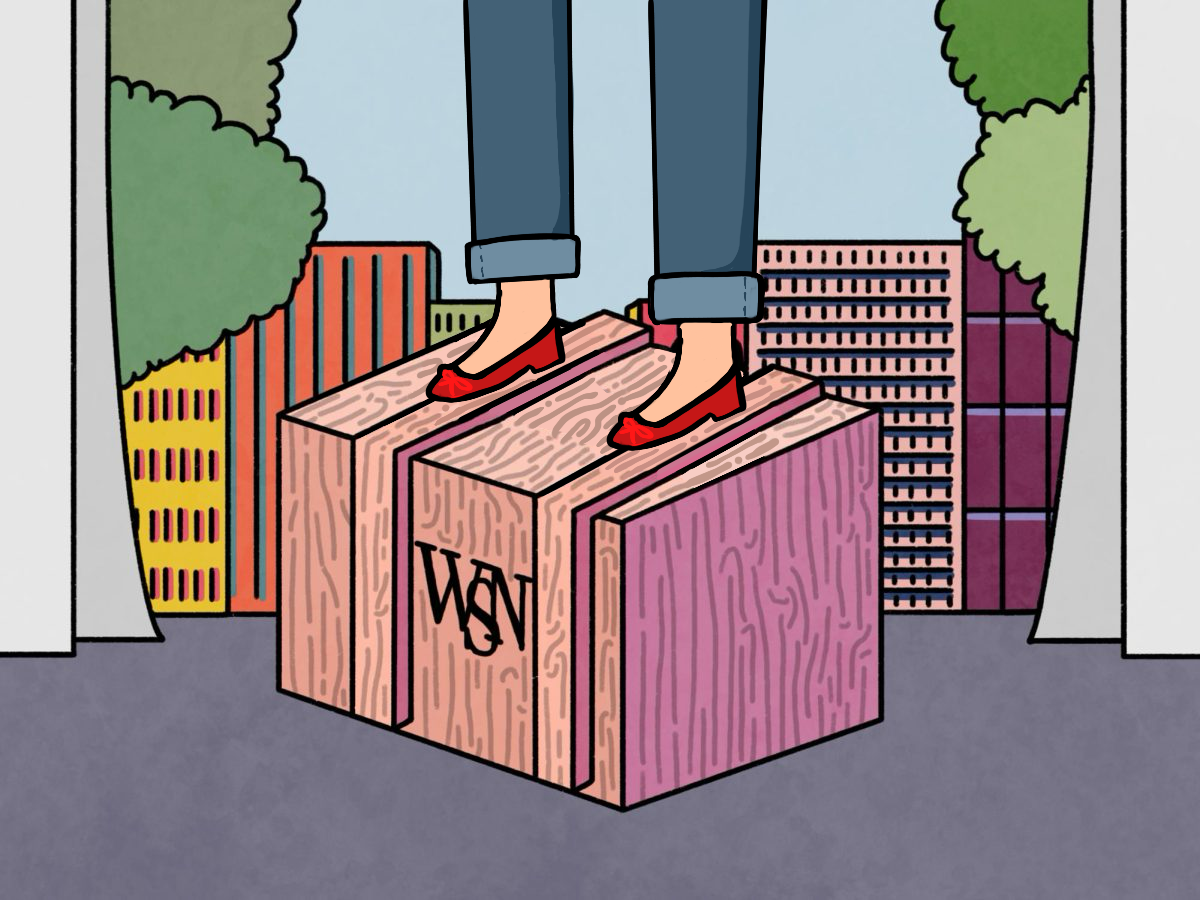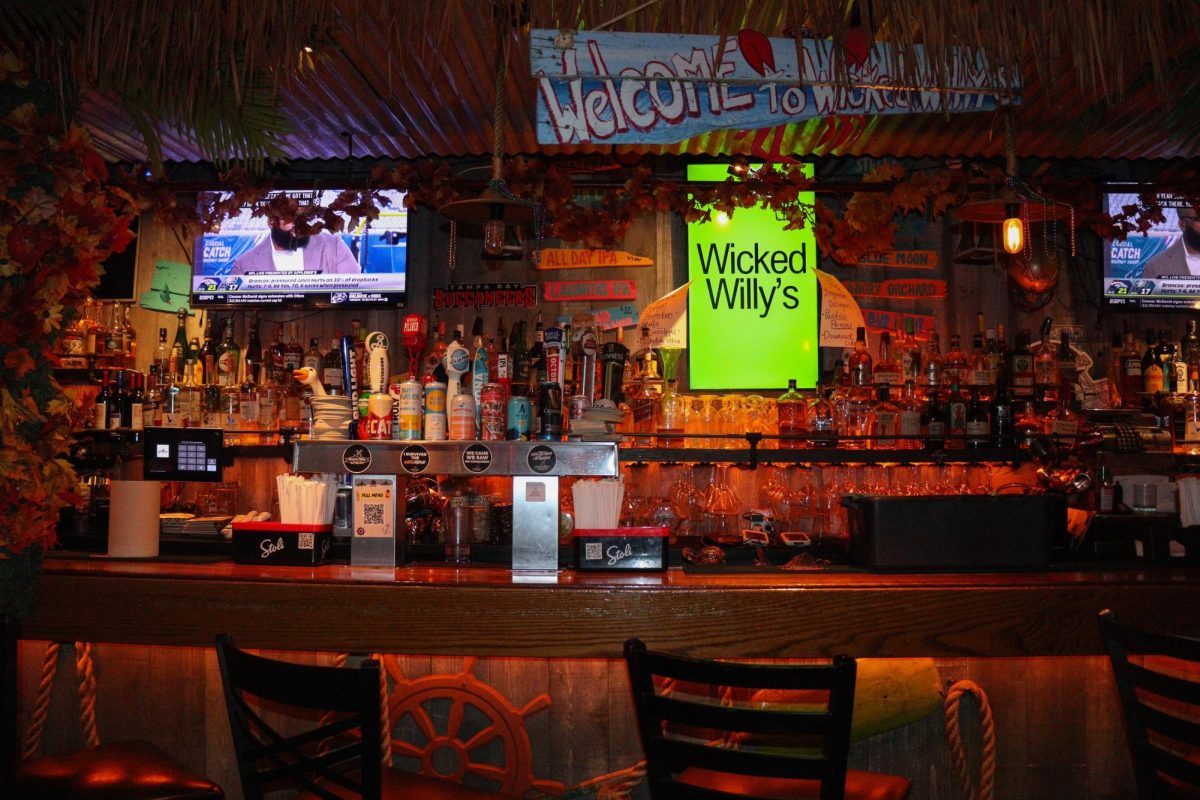One month ago, a man failed to pay his subway fare and when police officers followed him into the train car, he pulled a knife and was shot at. The man was injured, along with one police officer and three citizens. The release of this New York City Police Department body camera fueled public frustration about issues of fare evasion that exist in the first place. The tragic event reveals a flawed policy that penalizes commuters rather than addressing the underlying cost-of-living crisis in New York City. Focusing on retribution for small infractions born out of poverty instead of addressing the rising cost of living is not the way forward.
Earlier this year, NYPD officials announced the deployment of hundreds of NYPD officers to the subway system in an effort to curb fare evasion — arguing that this approach would cut crime and boost public safety. Rather than increasing safety, however, these policies have heightened tensions and increased distrust in law enforcement, as well as created risks for commuters.
New York City’s bus system has also seen an increase in fare enforcement measures. New York City Mayor Eric Adams justified this heightened police presence as essential for public safety by claiming that putting pressure on fare evasion would contribute to a general decrease in subway crime. However, recent studies have shown no statistically significant correlation between fare evasion enforcement and overall arrests for other crimes. All that the increased police presence has managed to do is criminalize poverty, targeting vulnerable populations without any meaningful improvements to safety.
Treating fare evasion as a person-centered issue rather than a system-centered one ignores the financial strain many New Yorkers face. One in five New Yorkers struggle to afford subway and bus fares, and transportation costs are a significant stressor for over half of Americans. A more effective solution is the Fair Fares program, which offers eligible city residents a 50% discount on transit costs. However, only around 33% of eligible individuals are enrolled in the Fair Fares program, leaving many without the support they need. Additionally, those whose incomes exceed the eligibility cutoff, including minimum-wage workers, do not qualify. Although the Fair Fares program is going in the right direction, we should continue to invest resources to expand enrollment and reach for Fair Fares, rather than have the city continue to criminalize those in poverty.
According to an analysis of NYPD fare evasion data, the impact of these policies fall hardest on low-income communities and communities of color. People of color account for 82% of people ticketed for fare evasion and 92% of those arrested.
In line with proposals from four of New York City’s borough presidents, we should urge an expansion of Fair Fares eligibility to 200% of the federal poverty level — up from the 120% threshold. This change would render an additional 650,000 adults eligible, at an estimated cost of $55 million, which is a third of the $151 million spent on police overtime for MTA officers in 2023.
To maximize its impact, eligibility for Fair Fares should be tied to the True Cost of Living measure, which the city is planning on implementing. This standard quantifies the level of income necessary to sustain the needs of a working-age family in New York City, subdivided by location and family type. This expansion of eligibility should be accompanied by a public awareness campaign to ensure that those eligible know about and can access the program. Additionally, rather than imposing fines, eligible individuals caught riding without paying should be offered assistance to enroll in Fair Fares. As long advocated by the Federation of Protestant Welfare Agencies, this shift would promote a trauma-informed, compassionate approach over one rooted in punishment.
WSN’s Opinion section strives to publish ideas worth discussing. The views presented in the Opinion section are solely the views of the writer.
Contact Steven Wang at [email protected].
























































































































































